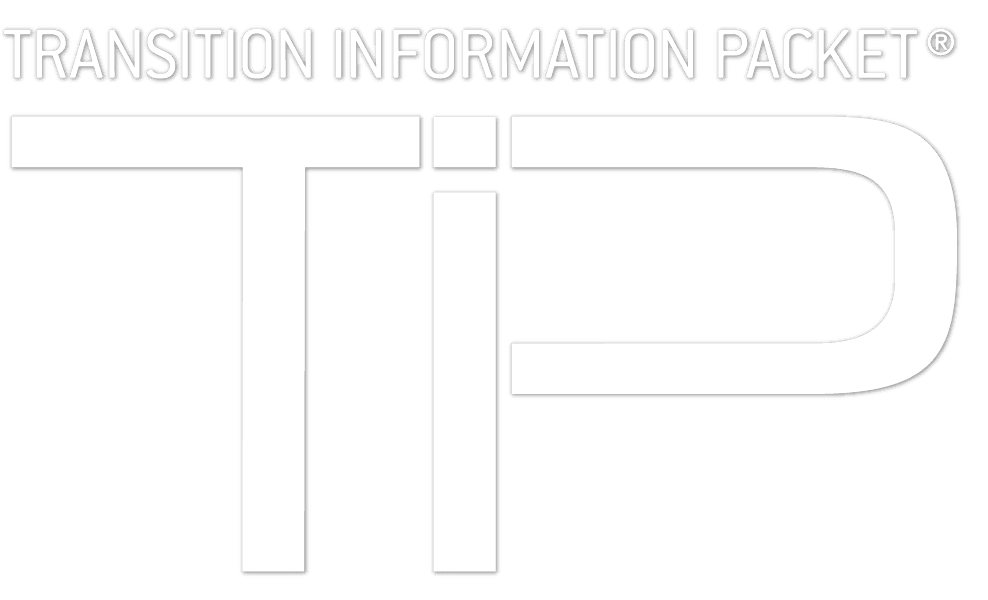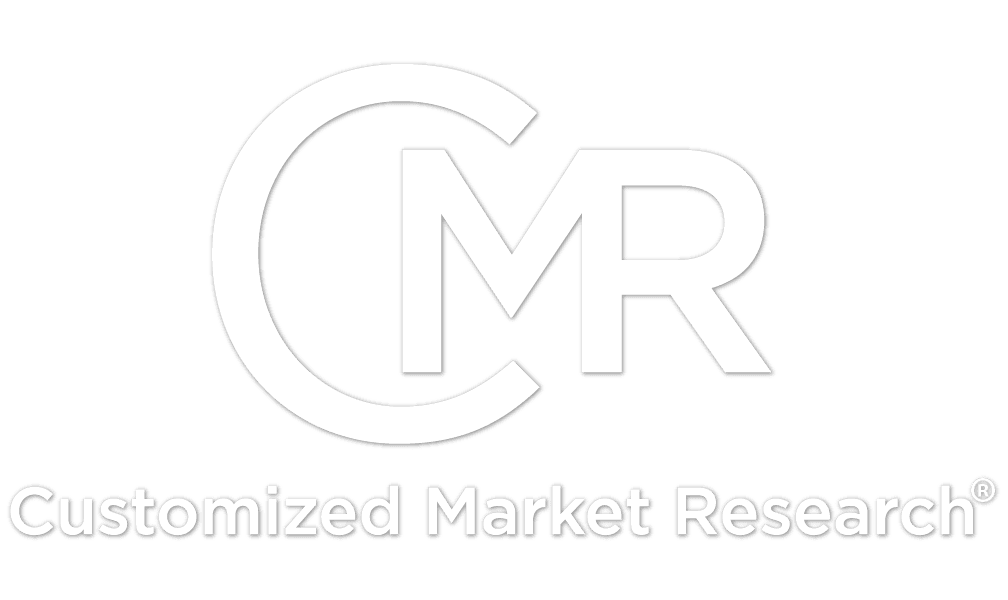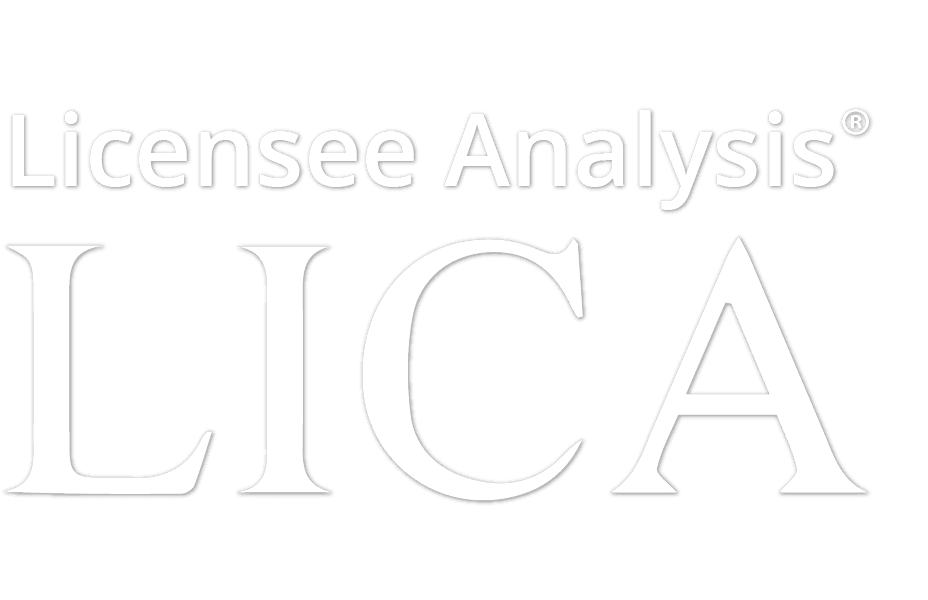Membranes and separation technologies are taking on new forms and are playing an ever-expanding role in many industries. Generally speaking, separation technologies are used to recover, isolate, and purify products. Using membranes rather than incumbent methods could reduce both energy use and costs in many industrial processes and application areas including fuel cells, Gallium Nitride (GaN) wafers/semiconductors, hydrogen refueling stations, and more.
According to MarketsandMarkets coverage of this space, the global membrane separation technology market is expected to reach $28.10 Billion by 2022 at a compound annual growth rate (CAGR) of 7.2% with such players as The Dow Chemical Company (U.S.), The 3M Company (U.S.), GE Water & Process Technologies (U.S.), Toray Industries (Japan), Merck Millipore (Germany), Asahi Kasei Corporation (Japan), Hydranautics (U.S.), Danaher Corporation (U.S.), Pentair plc (U.K.), and Koch Membrane Systems Inc. (U.S.) leading the market. BCC Research reports that the global market for membrane microfiltration was nearly $1.8 Billion in 2014, almost $1.9 Billion in 2015, and will grow at CAGR of 6.7% to reach close to $2.6 Billion by 2020. These figures from BCC include their use in food and beverage processing, biopharmaceuticals manufacture, potable water production, wastewater treatment, industrial processes, and semiconductor fabrication. Frost & Sullivan also provides extensive coverage on membranes and advanced materials. In its coverage of membrane bioreactors, Frost & Sullivan discusses a variety of competitive factors, including the important role of total system and other costs associated with these systems. BCC Research reports that the global market for membrane bioreactor systems (MBRs) totaled $425.7 million in 2014 and is projected to approach $777.7 million by 2019.
The Department of Energy’s High Temperature Membrane Working Group is made up of groups from government, industry, and university researchers interested in developing high temperature membranes for fuel cells. Additional information on membranes in fuel cells is available through its DOE Technical Targets for Polymer Electrolyte Membrane Fuel Cell Components documentation which may be helpful when assessing the technical landscape. The Center for Nanoscale Materials, Argonne National Laboratory is looking into nanoparticle membranes for applications in areas such as molecular separations and chemical sensing.
The American Membrane Technology Association works to provide a forum for the exchange of technical, operational and financial information among those interested in membrane technologies and hosts four regional workshops each year. In terms of upcoming conferences, the Membrane Technology Forum will be held from June 5-7, 2018 in Minneapolis, MN and the 3rd International Conference on Membrane Science and Technology will be held in Valencia, Spain in December 2018.
Posted February 1, 2018 by Eliza Gough



